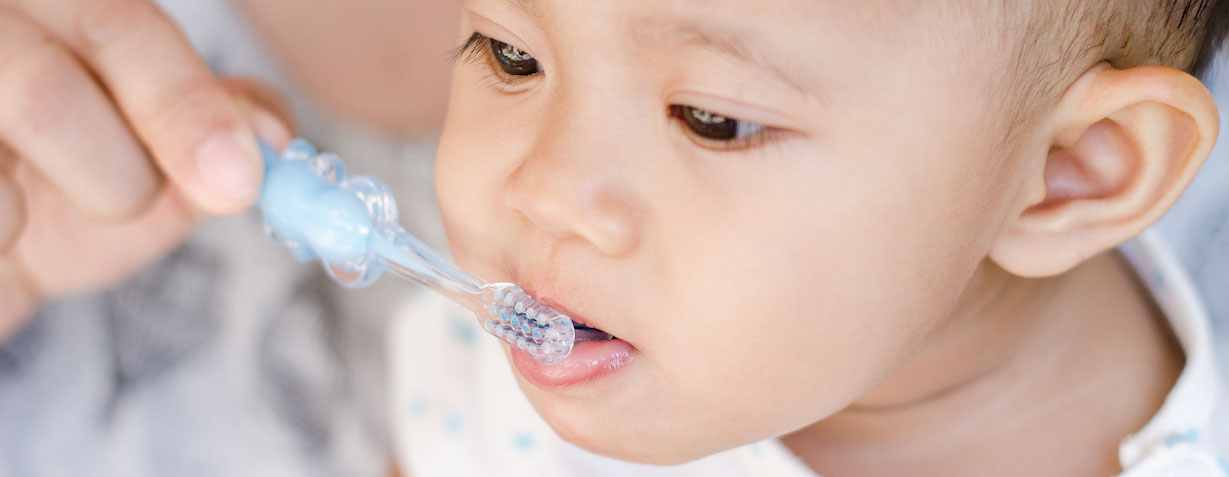Oral Health Month — Dental care tips from AboutKidsHealth
April is National Oral Health Month! Find out how to keep children’s teeth and gums healthy to prevent tooth decay with these tips from AboutKidsHealth.How can I protect my child’s teeth?
Your child’s teeth are important for proper eating, speaking and growth. Protecting their first set of teeth helps make sure their future permanent teeth stay healthy. Prevent tooth decay by keeping children’s gums and teeth clean. If acid stays too long in the mouth, it starts breaking down the enamel (the hard shell of the tooth), which causes tooth decay. Keep children’s mouths clean by:
- Giving children a glass of water after every meal or snack to wash away the sugars if you can’t brush their teeth each time.
- Wiping babies’ gums with a clean, damp washcloth after every feeding.
- Giving less juice to your child. Even 100% juice can coat your child’s teeth in enamel-damaging sugar.
- Brushing teeth after medicines, as some liquid medicines have high sugar content.
- Brushing teeth before bed. We produce less saliva (spit) at night to help keep our mouths clean.

You should start cleaning your child’s teeth with a toothbrush as soon as their teeth poke through the gums. Visit the dentist within six months of their first tooth emerging or by the time they are 12 months old, whichever comes first. Your child should see the dentist every six months after that unless your dentist tells you otherwise.
April is National Oral Health Month!
Start flossing around age three (when children’s back teeth start to touch together), and supervise and help children between the ages of three and six while they are brushing their teeth. It’s important to make sure children spit out toothpaste when they are finished, as swallowing too much fluoride can cause white spots to form on children’s permanent teeth.
All children should have their teeth brushed at least twice a day — first thing in the morning after breakfast and right before bed — for two minutes each time (think “2 for 2”).
What are the signs of tooth decay?
Another way to protect your child’s teeth is to watch for signs of tooth decay:
- change in tooth colour
- continuous, intense pain
- bouts of throbbing pain
- sharp pain lasting minutes (triggered by chewing or by hot or cold food)
- occasional pain
- sore or bleeding gums
- fever
- white or red swelling inside the mouth, near the painful tooth
Make an appointment with your dentist if your child is showing these signs. If your child has a cavity that is not treated, severe pain and infection can occur, and a serious infection can damage permanent teeth.
AboutKidsHealth is SickKids’ health-education website and features more than 3,500 articles on a range of paediatric health topics. Find more information on dental care and other health topics at aboutkidshealth.ca.


